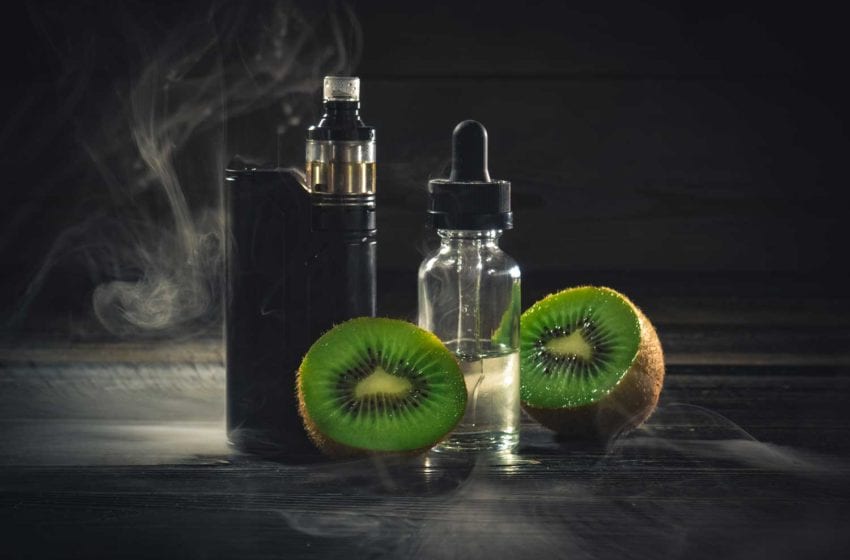
Requiring cigarette manufacturers to significantly reduce the nicotine content of their products could dramatically reduce smoking rates in New Zealand, reports Stuff, citing a new study published in The New Zealand Medical Journal.
In December, New Zealand unveiled an ambitious tobacco control plan that in addition to gradually raising the smoking age until it covers the entire population, includes a reduced nicotine mandate. New Zealand aims to reduce its smoking levels across to below 5 percent of the population by 2025.
Mandating about 95 percent less nicotine in cigarettes could have a “plausible chance” of achieving the Government’s Smokefree 2025 goals, wrote Professor Nick Wilson and colleagues from the Department of Public Health at the University of Otago, Wellington.
Wilson was relaxed about the anticipated uptick in vaping and illicit trade following such a mandate. Vaping is “substantially less harmful” than smoking and New Zealand’s remote location would offer some protection against cigarette smuggling, he noted.
Assuming a full ban on nicotine was implemented on March 1, 2023, Wilson and his colleagues predicted the smoking initiation among 18–24-year-olds would reduce by 75 percent due to the nonaddictive nature of the denicotinised tobacco. That would translate into an annual reduction of about 6,500 smokers.
Among older established smokers, the researchers assume that 33 percent would quit each year in 2023, 2024 and 2025.
Such a “relatively high rate” of quitting could be sustained because low nicotine tobacco is not addictive and the “growing denormalisation of smoking,” according to the researchers.


















